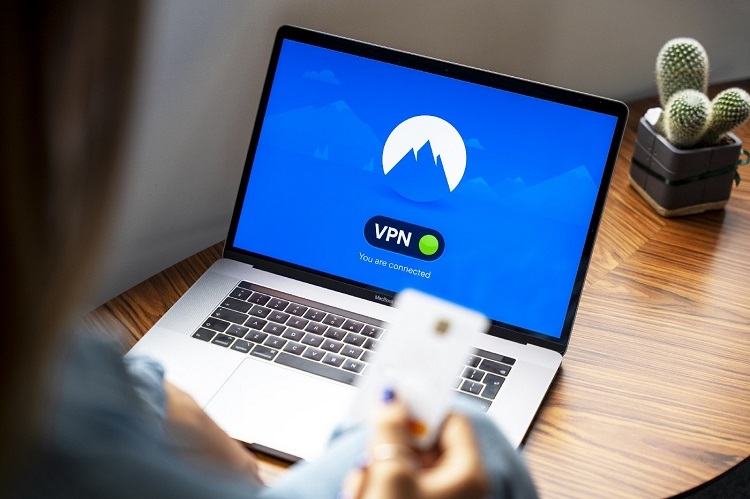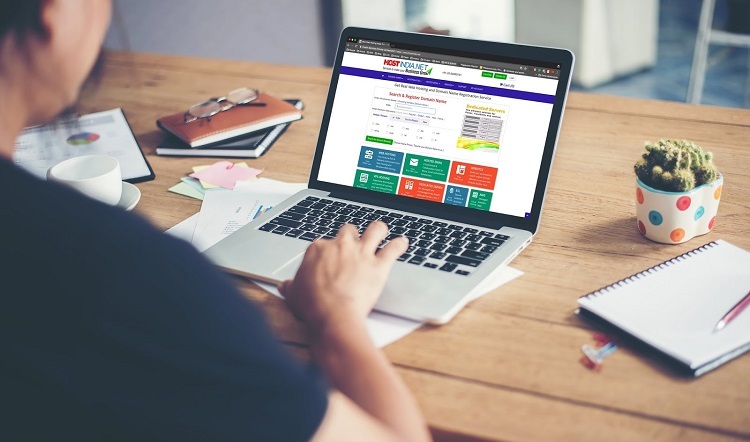You can use geotargeting to turn your customer data into the key to additional sales. It can help you make a one-time shopper into a repeat customer. In order to properly leverage it though to increase conversion in your sales funnel, you’ll need to understand specifically what it can do and the limitations on its use.
Table of Contents
Using Geotargeting Data to Increase Sales
Your business probably isn’t using the big data available to them yet. According to EConsultancy businesses use about 0.5 percent of the data available. Perceived complexity and expense limit its use. Actually, small businesses can easily use big data effectively.
Begin using available data by implementing these five methods. The analytics and reports of these sources can instantly jumpstart decision-making processes and help uncover new sales opportunities.
- Conduct analysis on your historical data. This includes your past leads, sales transactions and sales opportunities. Input this data into a customer relationship management software. Analyze prior strategies used and its effect. Analyze product segments. Add this data to what’s used for sales forecasts. It helps you identify high-value targets and make improved resources allocations.
- Use existing data, including competitor data, to optimize pricing. Combine the CRM data with competitor data to determine price tolerance, demand and purchasing behavior.
- Define and refine advertising messages. Analyzing big data lets you discover your market segments and tailor messages and contact methods based upon their preferences. Segment communications by age, geographic location, marital status and sex. Knowing this information lets you A/B test to analyze what works best in each potential ad.
- Use tools like Geckoboard to visualize the data in real-time. It automatically sifts data into manageable reports. This makes it simpler to track progress and monitor progress.
- Offer customers case studies to help communicate the value of your products. Include specific data and graphic analysis.
Helpful Data
Beyond the basics, you can use IP geolocation lookup to determine where your web store’s visitors live. This lets you identify problem areas like an area of heavy orders that’s affected by bad weather that could delay deliveries. Depending on the tool used, the IP geolocation data you obtain could include each visitor’s city, country, IP address, organization, state and ZIP Code.
One example of the usefulness of IP geolocation is sending a push notification to an existing customers’ cell phone when they’re within the shopping center your business is located.
Another example of the usefulness of IP geolocation lookup is Google search results. Google geotargets each search offering local business first. Businesses with a Google Local Business presence vault to the top of the search.
Blending the data collected from geolocation with existing customer data and competitor data provides a more complete picture of customers and helps your business improve targeting. Combining data lets you better create coupons, sales, time sales, order based on forecasted sales and more. Geotargeting helps you increase the leads and the sales in your funnel.









